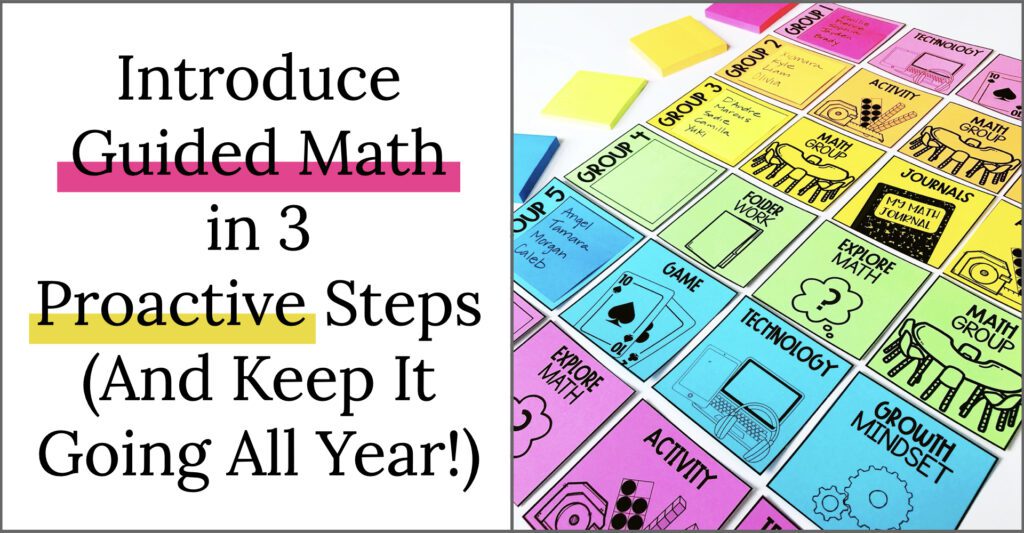
Ready, set, go! You are ready and excited to introduce guided math. That’s excellent! Now it is time to ask yourself: How will you set yourself and your students up for a year of successful and efficient learning?
One of the beautiful pieces of a well-run guided math block is that students feel a sense of independence, consistency, and ownership over their learning. At its core, guided math is a way of learning new material without constantly relearning the methods used to practice new concepts. It is a way to easily differentiate materials without hours of prep work and a way in which students get more small group teacher time so that you can give students precisely the help they need.
But it takes work to get your guided math up and running in ways that are genuinely beneficial to both students and teachers.
Over the years, I’ve learned that the prep you put in BEFORE introducing guided math is just as important as setting up your routine at the start. Your pre-launch work will enable you to introduce guided math with fewer hiccups and set systems in place that run smoothly all year long.
I decided to break down the three pre-launch practices I’ve developed over the years. These are the solid foundation that supports the growth of independence I see in my learners year after year. And I can’t wait to share them with you!
Organize!
I grew up with executive function difficulty. Determined to succeed in this world, I overcompensated by developing comprehensive organizational systems for all the things around me. With my brain going 1000 miles per hour, these systems have saved me.
As I collaborated with more and more teachers, I noticed that these organizational systems also helped them. And, most importantly, the more we all organized ahead of time, the more our students benefited!
I like to use myself as an example of why the detailed organization of materials is a top UDL concept. While not all students need the level of organization I provide, all students benefit. And for some, it is a game-changer. Having myself organized is a key component to successfully introducing guided math to my students.
Label Your Manipulatives
Labels save time. Period.
Here’s some context: Once we learn how to use a manipulative and practice using it, it is open as a resource in my classroom. Sometimes a specific manipulative is necessary to engage in a particular guided math activity. Other times, students notice how much a manipulative helped them, so they independently decide, again and again, to use it.
Labels make finding those manipulatives easy. In guided math, the goal is that a student who is not working directly with a teacher can manage their own time and materials. Independent learners can quickly find their manipulatives with easy to read labels that include simple images. Gone are the days of watching students sort through all of the manipulative bins from the corner of your eye. Or, hearing the words: “Where are the Unifix cubes?”
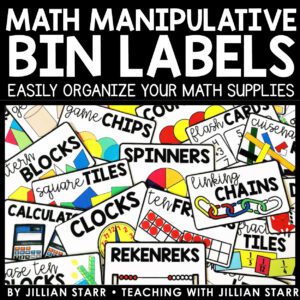
Math Manipulative Bin Labels
Create Distinct Spaces for Math Materials
Labels make it easy to find what you need. But, before you label, make sure you have a designated space for math materials. Well-organized materials save time, limit frustration, and build independence.
One of my pet peeves in the classroom is when I am trying to work with a group but can spot students wandering around. It kicks in an instinct to redirect students even when I am trying so hard to focus on the learners in front of me. When I first started implementing guided math, I could see students pacing from one part of the room to another. This phenomenon wasn’t “attention-seeking behavior.” They were doing what they needed to do. They were just trying to find everything they needed for their station. But, due to the placement of materials, I was inadvertently complicating our classroom management.
So, I learned from my mistakes. I always organize my math materials in a “Math Zone,” often close to the math word wall. My guided math “Math Zone” includes:
- Manipulatives
- Dice (I have sooooo many kinds)
- Math journal
- Supplies for that week’s collection of rotations
When it is time for guided math, students know exactly where to go to get the materials for their station. And even better, they know exactly where to put them back at the end of their rotation. 🙂
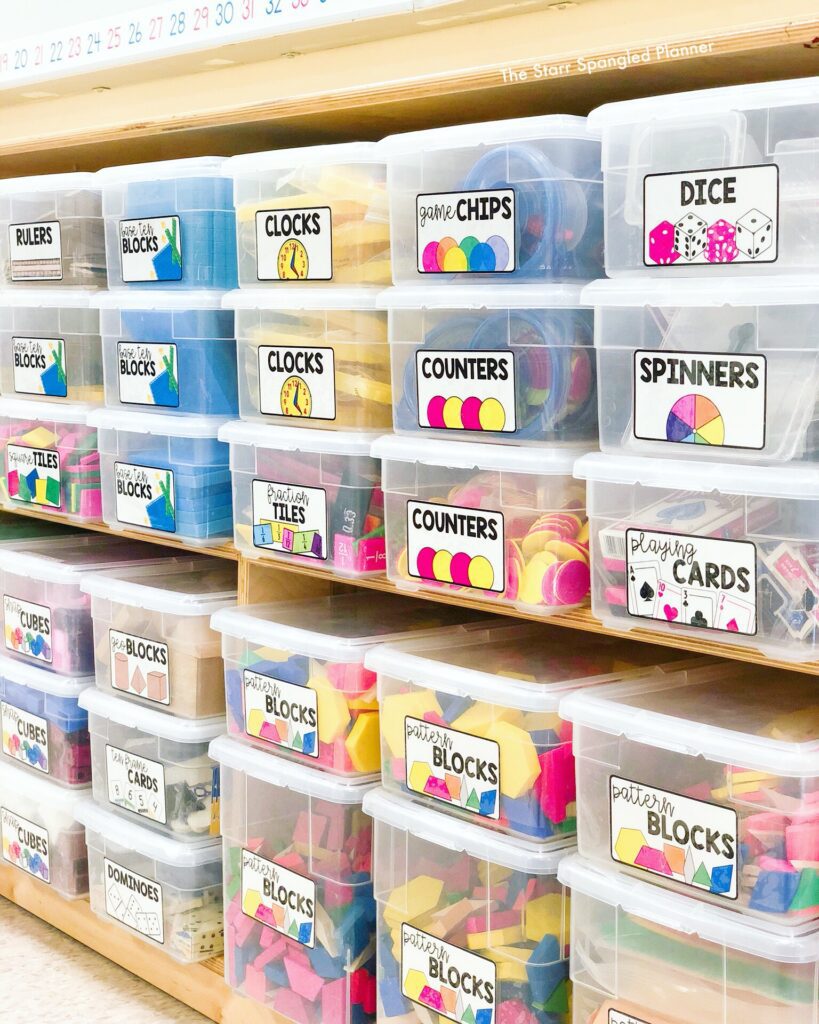
Consistent Planning Tools
I don’t know about you, but staying consistent with lesson plans is one of the most complex parts of teaching and staying organized throughout the year. Yet, I know that I can be more present with my students when I have a solid plan to guide me. However, I had to create a system that fit my needs so I would stick with it. Which, to be honest, was hard work. That’s why I am very deliberate about deciding on personal planning tools before the year begins and before I introduce guided math to my students.
Lesson Planning Templates
True, guided math requires a lot of upfront planning. But the thought and effort you put into it ahead of time will last you all week long and save time later on. Once you get in the habit and develop repetitive centers, your planning and prep time decreases drastically. I promise!
I split my guided math planning into three different visuals:
- Week-at-a-Glance
- Specific small group lesson plans
- Rotation chart

I start with thinking about the big picture goals for the week. The Week-At-A-Glance is crucial for keeping track of the week’s activities and student center placement. It shows student names in groups, along with center activities.
Then, I focus on the specific for individual small groups. I’ll reference math journals and other assessment forms to define the areas that need the most direct instruction. I use a small group lesson plan template for each group of students. Note: I place students in need-based groups (groups by level of mastery or learning style), so I think about what skills or concepts need teaching, reteaching, or supported practice.
Finally, I start filling in a rotation chart. Seriously, my rotation chart helps keep us all (yes, the entire class) on track! This template tracks students in groups per day. It shows the centers that will be available each day throughout the week. The center(s) each group will visit on a given day is highlighted. The rotation template will eventually translate into a workboard for everyone to see. That way, everyone knows which centers they will attend each day.
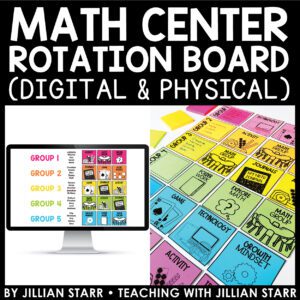
Math Center Rotation Board
Keep it Routine
There is no better form of classroom management than good-old-fashioned consistency. If you practice and stick to the same routines from day one, your students will know what to do. Transitions are smoother, students become more independent, and you can say “goodbye” to the endless prep of new materials and explanations. With all of that off your plate, you can support kids’ individual needs. Routines are one of your most important tools as you introduce guided math.
Workboard Stays the Same, Content Changes
My guided math routine wouldn’t work without our workboard. The workboard shows the centers and rotations for each group throughout the week (Mon-Fri).
My workboard has existed in so many different modes that it is hard to keep track! A few examples of where I have had success using mine:
- On the SmartBoard ©
- Laminated and used with Dry Erase
- Sticky notes
That has led me to understand that as long as you have your workboard up, the students will use it. Every day I see my students walk up to the workboard as guided math begins and again when it is time to switch centers. From there, my students know where to go and what materials to gather.
Now, the workboard itself almost always stays the same. I switch up groups depending on the need. But most importantly, within the structures of guided math that have become familiar, I introduce new content. Students don’t need to worry about learning a new activity or remember new directions. Instead, they can focus on learning or reinforcing new content and skills.
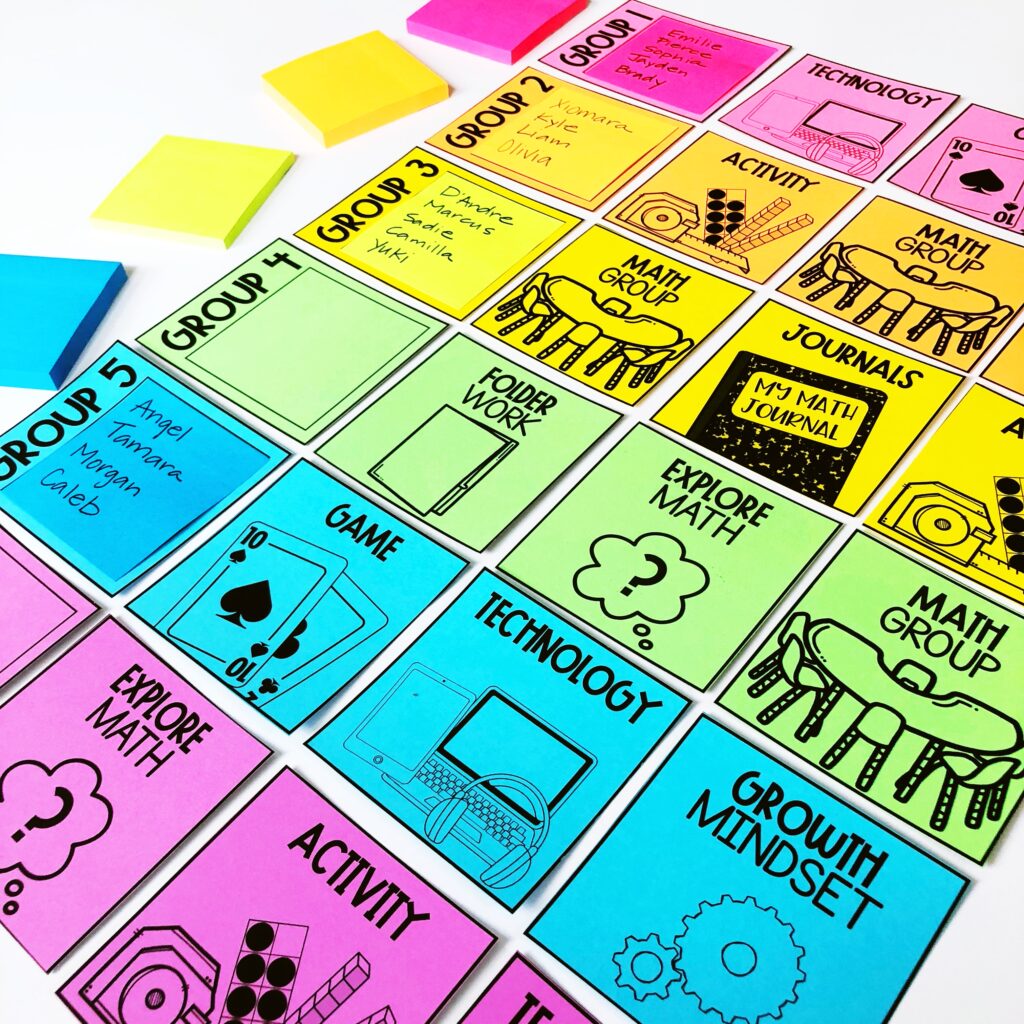
Repetitive Centers
Repetitive centers are the key to saving time and increasing student independence. And before you introduce guided math routines, take a moment to think about the kinds of centers you want to model and practice.
My centers never change. I stick with the same five, using all or fewer as needed to reinforce a concept. My centers include:
- Independent Activities
- Game
- Journal Prompt
- Growth Mindset Activities
- Technology
At the beginning of the year, we model and practice each of these kinds of centers repeatedly. We go over the instructions, where to find materials, and how to interact with neighbors.
Within those centers, the content changes, but the activities stay the same. We will play the same games but with different operations or working numbers. Journal prompts change daily or weekly, but the routine of writing in our math journal never changes. While I always include visual directions just in case, most students don’t need them after a few months.
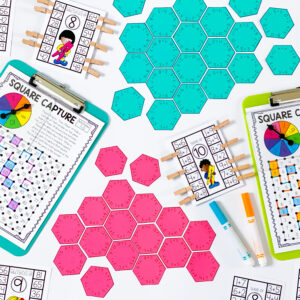
Addition Centers Freebie
Looking for fun and engaging centers to help your students practice their addition fact fluency? Be sure to grab these freebies!
Transition from Centers
I make sure to model and practice both activities AND transitions before I expect any level of student independence in guided math. I have found that moving from one station to another within a work period only runs smoothly if students have clarity around the expectations of each transition. Because I firmly believe that students are capable of so much more responsibility than we might think, I make sure that putting away and taking out materials is part of our consistent routine.
I hope this has helped you think about ways to build a reliable, organized foundation to introduce guided math. The more proactive you are upfront, the more smooth your year will go. The front-loading work is worth it! And as always, if you have some additional proactive tips that have saved your guided math block, please let me know!

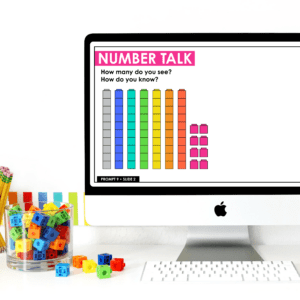
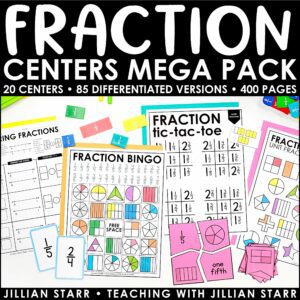
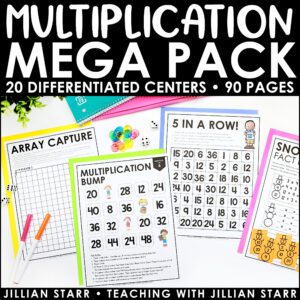
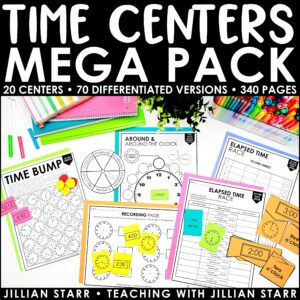
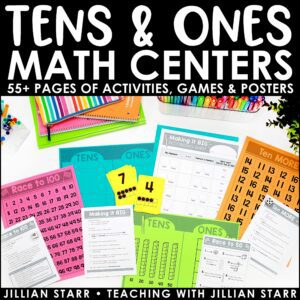

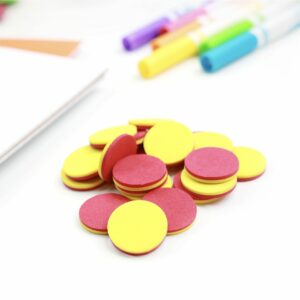



Are the lesson plan templates for sale ?? Id love to use them to organize my math centers! Couldnt find them on tpt
Hi Joelly!
Yes, they’re part of my Guided Math Start-Up Kit! I’ll link them below if you want to check them out.
https://www.teacherspayteachers.com/Product/Guided-Math-Center-Start-Up-Kit-3906165
Warmly,
Jillian
I like the organizational bins with labels. The calendar is a great tool I would like to consider as well..